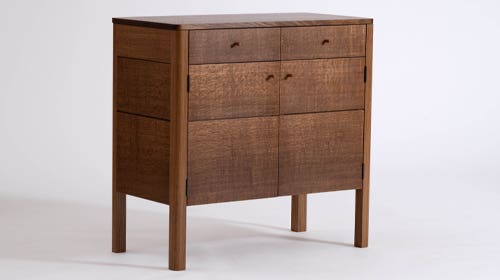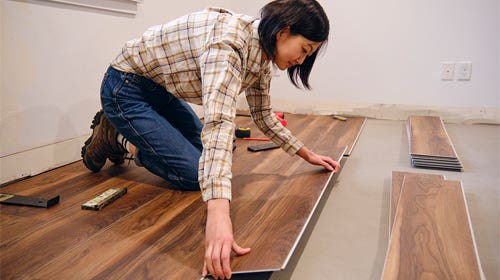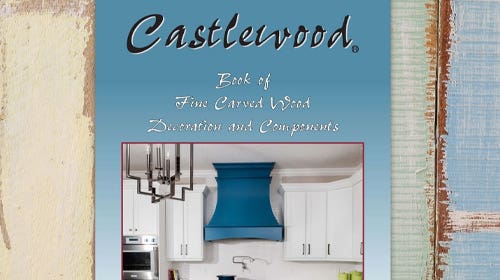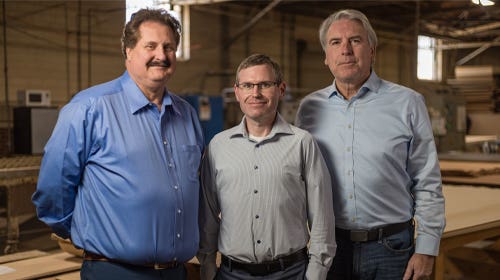Admirers remember Krenovs mastery
David Welter completed James Krenov’s two-year program at the College of the Redwoods and has been a cabinetmaker and instructional aide at the college since 1986. There are very few…
David Welter completed James Krenov's two-year program at the College of the Redwoods and has been a cabinetmaker and instructional aide at the college since 1986. There are very few people who worked as long and as close to Krenov as Welter.
{loadposition position10}
"What made his work stand out was sensitivity - to materials and the tools," says Welter. "That was the primary reason that he created. He'd always say it wasn't about ego, and people that were around him very much would think 'Who are you kidding?' because he wasn't a shy person. But he didn't see his work so much as being a way of expressing dominance. He wanted people to like his furniture because they liked it, that there was something about it they felt comfortable with, that was pleasing to them, just to look at, just to touch.
"He'd talk about his curves, there had to be life; there had to be tension in the object. He described his curves as 'Imagine a blade of grass blowing in the wind, where it gets narrow, the radius gets tighter, there's just life to it.' If there was anything that you could say about his work, it is that there was evidence of life in it.
"It's been amazing seeing comments from people who only knew him from his books, and they were as affected as people who had the chance to study with him. And I think that is testament to the power of his message. The philosophies in 'A Cabinetmaker's Notebook' didn't apply only to woodworking, it was about craft in general and that was a big part of its appeal. His books were less about 'how to' - he'd always say 'This is where you learn why.' "
* * *
Beebe Johnson is co-owner of Pritam & Eames in East Hampton, N.Y., the country's oldest established gallery associated with the American studio furniture movement. The gallery has shown more than 30 Krenov pieces through the years, beginning with two cabinets in 1983 and an accompanying lecture by Krenov.
"I've said this for years, but simply stated, his will be the voice I miss the most," says Johnson. "I loved my conversations with Jim. They were certainly far ranging ... there isn't going to be another one like him.
"I think probably among Krenov's gifts was just the quiet instruction to be yourself and express what it is that is inside you. Yes, you have to have skill, you have to learn how to make things. But once you have that equipment, those tools, then it's really you, and don't be caught in all this stuff about art and craft and design. You're going to be the best compass of whether the piece works or not."
"He had a gift and I think part of it was just showing that with your hands, the right tools and some training, you would possibly have all that is necessary to make something that you will enjoy living with."
* * *
Philadelphia furniture maker Bernard Henderson was eager to learn Krenov's approach to making concave and convex doors as a student in the mid-1980s. But he came away from the experience with more than new technical skills.
"The most important lesson I learned was I saw a person who totally loved the process of his work as well as the outcome, which makes the biggest difference between him and a lot of other woodworkers.
"He got me to really appreciate the process, even the sounds of a sharp chisel making shavings. He thoroughly enjoyed each step of going from the wood to the finish product. When you enjoy each step, you tend not to rush through them, and things tend to come out a lot better. It feels more natural."
This article originally appeared in the November 2009 issue.







